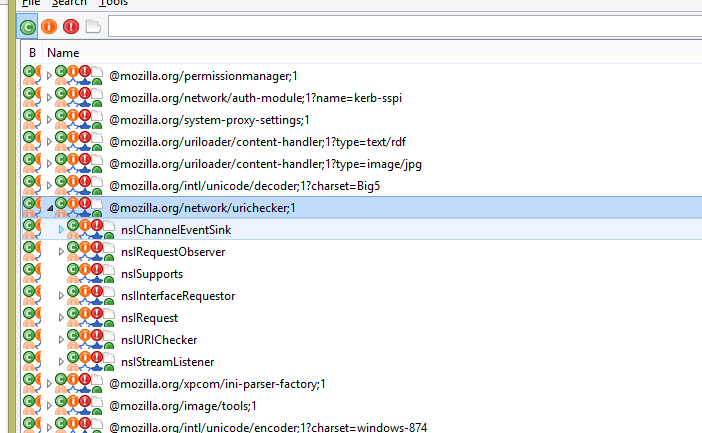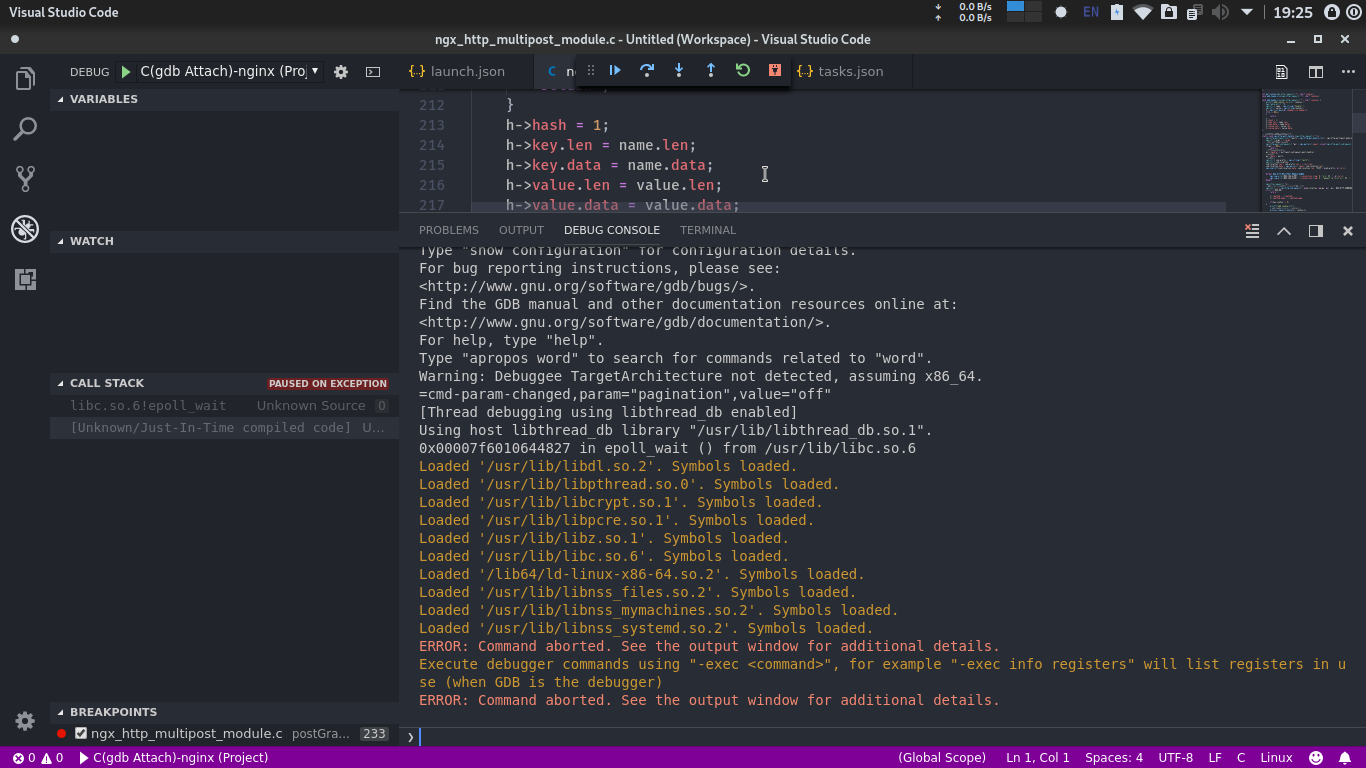

Right now, Boids seem to be the panacea since it apparently addresses all of the problems we are dealing with: elements keep their distance from each other but at the same time following a shared movement pattern Examples of boid compositions: 1 2 3 Semantic bridging Just as with the colors algorithm, it would make sense to form a semantic bridge to describe relationships. Boids Our current experiments are dealing with Boids, Craig Reynolds' algorithm for coordinated, leaderless animal movement, e.g.

Once the supervector is determined, all elements can be placed according to its path (this would be somewhat similar to superstring theory).Cells Each element in the composition is an intelligent ant that communicates with the other elements: do we overlap? Are you happy or should I move a bit more to the left? Possible solutions for this approach is a backtracking algorithm (which would actually make the computer-generated design self conscious!) and a relational approach, in which composition is described purely in terms of relations between elements the rest they figure out by themselves. These are all three aspects of one supervector that describes the composition. However, this makes self-reflection almost impossible since the elements have no way of discerning for themselves if they are happy.Vectors Each composition has a direction, and a tension and gravity. The grid allocates more space for important or big elements (we know if elements are big or small by mapping language to formal parameters in the same fashion as Prism) and as such is growing or dynamic. All elements in the composition get stuffed in the grid.

This is the most straightforward solution. Grids A mediator imposes a grid on the canvas.


 0 kommentar(er)
0 kommentar(er)
